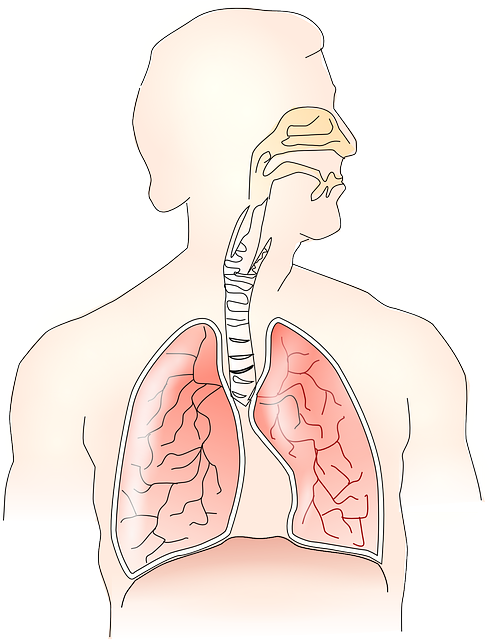Want a delicious holiday drink?
Try this yummy Kombucha cocktail!
Fermented foods boost our immune system, help to strengthen our bones, support weight loss and promote nutrient absorption.
Kombucha is a fermented beverage that has been enjoyed for many, many years. It is most commonly made with black tea and sugar. The fermenting is done with a colony of bacteria and yeast called a ‘Scoby’.
As with other fermented foods, Kombucha is high in antioxidants and it packs a punch of health benefits for the gut being rich in probiotics.
Kombucha has been studied for its anti-cancer properties. The tea polyphenols and antioxidants found in Kombucha were shown in these studies to prevent the growth and spread of cancerous cells.
You can learn more about the benefits of fermented foods in my blog ‘5 Reasons to Use Fermented Foods in Your Cancer Fighting Diet”
Fermented foods are not a common staple for many people so the versatility of Kombucha makes it the perfect fermented food to start with.
Health up your guests over the holidays and give this recipe a try!
Kombucha Cocktail
Makes 8 Servings
Ingredients
- 3-4 cups Kombucha (either homemade or store-bought)
- 1 cup fresh orange juice (about 3-4 oranges)
- 1 cup frozen cherries* (about 16-20 cherries) (raspberries or strawberries can also be used)
- 1 inch piece of fresh ginger, peeled
- 1/8 tsp nutmeg
- 2 tsp maple syrup or raw honey
- Dried cranberries, pomegranate seeds and orange wedges for garnish
- Sparkling or regular white wine (optional)
Directions:
- Juice the oranges and place in blender.
- Add the cherries, the ginger, nutmeg and maple syrup.
- Blend until smooth.
- Pour into a bowl or pitcher. Add the kombucha and stir.
- Chill for at least an hour.
- When ready to serve pour into wine glasses. (If you are adding sparkling wine do this now)
- Add a few dried cranberries or pomegranate seeds (or both) and an orange wedge to each glass.
*Option: make extra kombucha cocktail and use it to make some ice cubes and add one to each glass
References:
https://www.ncbi.nlm.nih.gov/pubmed/18979556
https://www.sciencedirect.com/science/article/pii/S221052391200044X







 Cigarette smoking causes most lung cancers. Of note however many patients who are diagnosed with lung cancer have either never smoked or are former smokers.
Cigarette smoking causes most lung cancers. Of note however many patients who are diagnosed with lung cancer have either never smoked or are former smokers. A cough that doesn’t go away and gets worse over time
A cough that doesn’t go away and gets worse over time Stop Smoking:
Stop Smoking:


